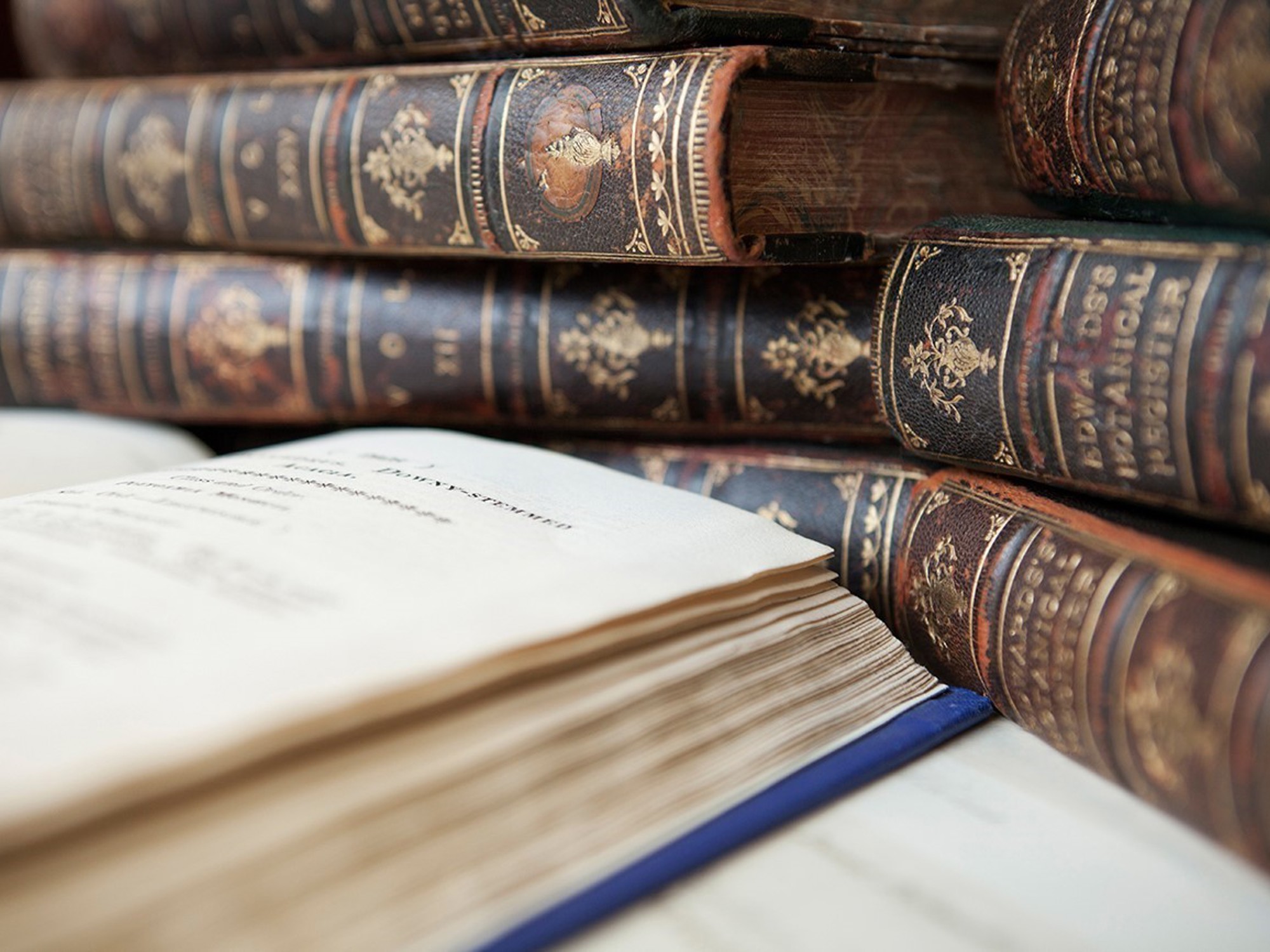
Indian Botanical Illustrations
Research by Dr Henry J. Noltie has uncovered the scientific and social history of RBGE’s vast collection of botanical drawings that were made for Scottish East India Company surgeons by Indian artists
The Collections
-
The Cleghorn Collection
Together with the Hope and Snelling collections, by far the most important element of the Illustrations Collection at RBGE is the group of several thousand botanical drawings commissioned in India, from Indian artists, by Hugh Cleghorn (1820-1895). The drawings include a collection made in Mysore in the 1840s, a group made in and around Madras in the 1850s, many of which are by Wight’s artist Govindoo, and a large collection of drawings copied from book illustrations.
The Dapuri Collection
170 drawings of plants, including the illustration of Portulaca shown here, made in the Bombay Presidency garden at Dapuri near Poona. These were commissioned in the late 1840's from an anonymous Portuguese-Indian artist by the garden’s superintendent Alexander Gibson (1800-1867).
The Parry Collection
18 drawings by Manu Lal, including 2 signed works, for Richard Parry (1776-1817) while resident at Fort Marlborough in Sumatra between 1807 and 1811.
The Roxburgh Collection
William Roxburgh (1751-1815), known as the ‘Father of Indian Botany’, was one of John Hope’s most significant pupils. In India he commissioned about 2500 drawings of Indian plants from a team of Indian artists. These are known as the ‘Roxburgh Icones’. At RBGE is a set of about 500 extremely fine, partially coloured, ink copies based on the original Roxburgh Icones, made in the Calcutta Botanic Garden 1815-20 for Dr James Hare. There is also a set of about 100 facsimile copies of the Icones made by Roxburgh’s own artists.
The Wenger Collection
William John Leslie (1877-1969) was born, the son of missionaries, in Calcutta. He was appointed a missionary in 1904 with his service including periods in Barisal, Dacca, Chittagong and Lushai. The Illustrations Collection includes 93 watercolour drawings of plants from these regions painted by Wenger between 1924 and 1933.
The Wight Collection
The East India Company surgeon Robert Wight (1796-1872) was the most important plant taxonomist working in South India in the mid-19th century. As part of this work he commissioned two Indian artists, Rungiah and Govindoo, to make several thousand botanical drawings. About 700 of these are included in the Illustrations Collection, which probably came to RBGE with the Cleghorn Collection.
-
Indian Grasses and Sedges
"The plants in this volume were drawn and coloured from nature by a native artist in my employ in Travancore in the years 1863-5." - Heber Drury, 1868
A bound collection of 94 original watercolour illustrations of Indian grasses along with 13 Indian ink copies of illustrations from Burmann's Flora Indica and 14 hand-coloured engravings of English grasses compiled by Heber Drury, author of The useful plants of India.
Dysolobium grande [Unknown artist for Nathaniel Wallich]
Watercolour heightened with gum arabic over traces of pencil, leaf hairs in bodycolour; 48 x 56cm (unframed)
Contact the Library and Archives
To book a visit or if you have any queries relating to the Library or Archives please get in touch using this form
Contact UsBotanics Recommends
-
Explore our range of unique gifts and more. Every purchase supports the Garden.
-
Explore our unique venues, suitable for every occasion
-
Discover a range of books inspired by the RBGE's work and collections
-
Cultivate your curiosity with our programme of courses for all ages and interests.
